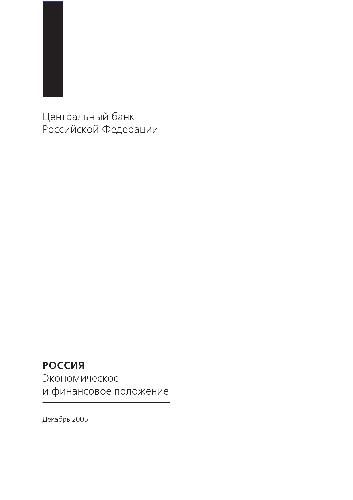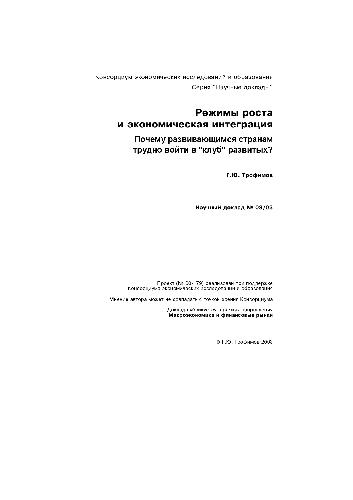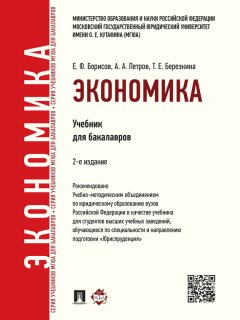- 2 402 202 книги
- Поиск
libcats.org













Improving the thermal processing of foods
Philip RichardsonThe application of heat is both an important method of preserving foods and a way of developing texture, flavor, and color. It has long been recognized that thermal technologies must ensure the safety of food without compromising food quality, but new research is rarely compiled. Improving the Thermal Processing of Foods summarizes the results of key investigations on improving particular thermal processing techniques and measuring their effectiveness.
The book begins by examining how to optimize thermal processes. Part 1 addresses safety, quality, efficiency, productivity, and the application of computational fluid dynamics. Part 2 focuses on developments in technologies for sterilization and pasteurization with chapters on modelling retort, temperature control, developments in packaging, sous vide, and cook-chill processing. Several chapters cover continuous heat processing and discusses developments in tubular heat exchangers, aseptic processing, and ohmic and air impingement heating. The fourth part considers the validation of thermal processes, modelling heat penetration curves, using data loggers, and time-temperature integrators, and other new measuring techniques. The final group of chapters details methods of analyzing microbial inactivation in thermal processing as well as identifying and dealing with heat-resistant bacteria.
Improving the Thermal Processing of Foods is a standard, comprehensive reference book for those working in the food processing industry.
The book begins by examining how to optimize thermal processes. Part 1 addresses safety, quality, efficiency, productivity, and the application of computational fluid dynamics. Part 2 focuses on developments in technologies for sterilization and pasteurization with chapters on modelling retort, temperature control, developments in packaging, sous vide, and cook-chill processing. Several chapters cover continuous heat processing and discusses developments in tubular heat exchangers, aseptic processing, and ohmic and air impingement heating. The fourth part considers the validation of thermal processes, modelling heat penetration curves, using data loggers, and time-temperature integrators, and other new measuring techniques. The final group of chapters details methods of analyzing microbial inactivation in thermal processing as well as identifying and dealing with heat-resistant bacteria.
Improving the Thermal Processing of Foods is a standard, comprehensive reference book for those working in the food processing industry.
EPUB | FB2 | MOBI | TXT | RTF
* Конвертация файла может нарушить форматирование оригинала. По-возможности скачивайте файл в оригинальном формате.
Популярные книги за неделю:

Проектирование и строительство. Дом, квартира, сад
Автор: Петер Нойферт, Автор: Людвиг Нефф
Размер книги: 20.83 Mb

Система упражнений по развитию способностей человека (Практическое пособие)
Автор: Петров Аркадий НаумовичКатегория: Путь к себе
Размер книги: 818 Kb

Сотворение мира (3-х томник)
Автор: Петров Аркадий НаумовичКатегория: Путь к себе
Размер книги: 817 Kb

Радиолюбительские схемы на ИС типа 555
Автор: Трейстер Р.Категория: Электротехника и связь
Размер книги: 13.64 Mb
Только что пользователи скачали эти книги:

Внешние экономические связи России 19-20 вв. Учебное пособие
Автор: Ионичев Н.П.Категория: Экономика экономические науки
Размер книги: 377 Kb

Россия экономическое и финансовое положение
Автор:Категория: Экономика экономические науки
Размер книги: 1.50 Mb

Стратегии социально-экономического развития регионов Российской Федерации. Концепция
Автор:Категория: Экономика экономические науки
Размер книги: 927 Kb

Режимы роста и экономическая интеграция
Автор: Трофимов Г.Ю.Категория: Экономика экономические науки
Размер книги: 392 Kb

Учебник по имитационному моделированию экономических процессов
Автор:Категория: Экономика экономические науки
Размер книги: 682 Kb

Хрестоматия по экономической теории
Автор: Борисов Е.Ф.(сост.)Категория: Экономика экономические науки
Размер книги: 3.14 Mb

Кластерная теория экономического развития
Автор: Цихан Т.В.Категория: Экономика экономические науки
Размер книги: 136 Kb

Частная система социального обеспечения. Опыт чилийских экономических реформ
Автор: Чейре ЭрнанКатегория: Экономика экономические науки
Размер книги: 150 Kb

Атлас абдоминальной хирургии
Автор: Эмилио ИталаКатегория: ЗДОРОВЬЕ, НАУКА и УЧЕБА
Размер книги: 9.43 Mb



